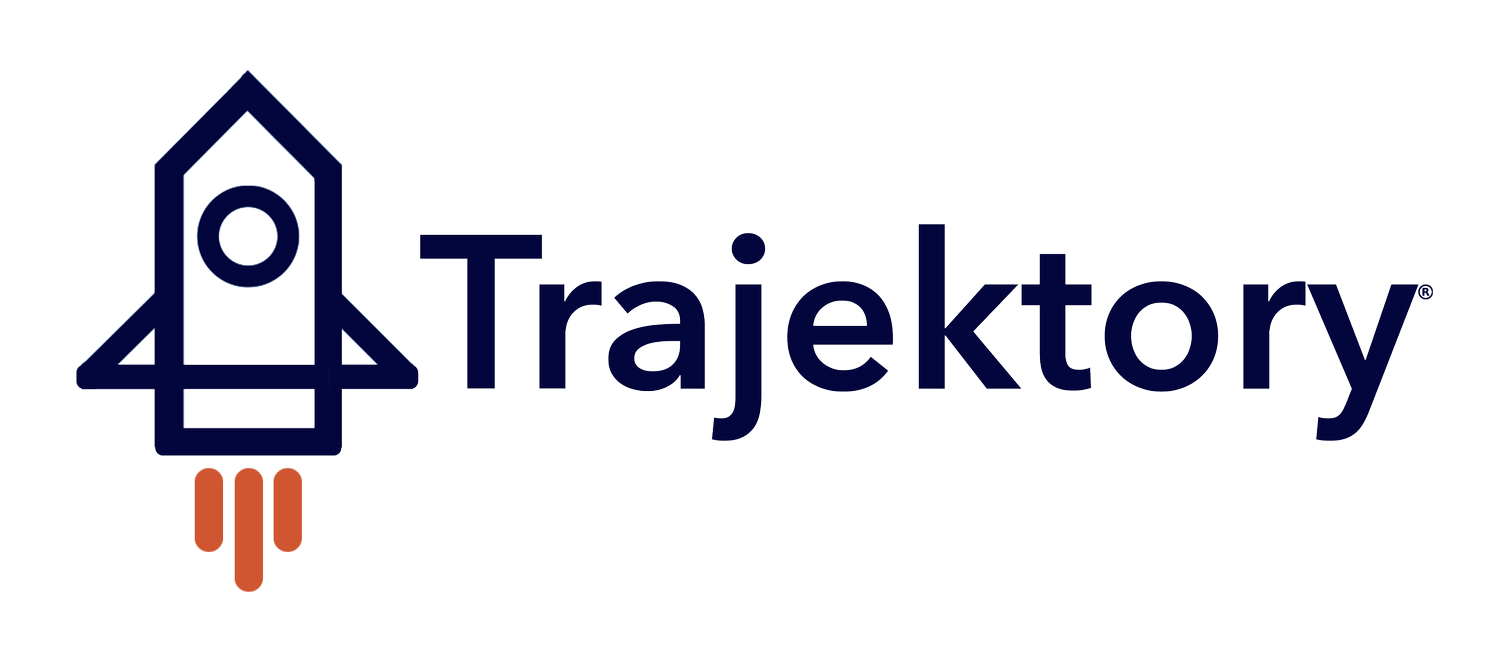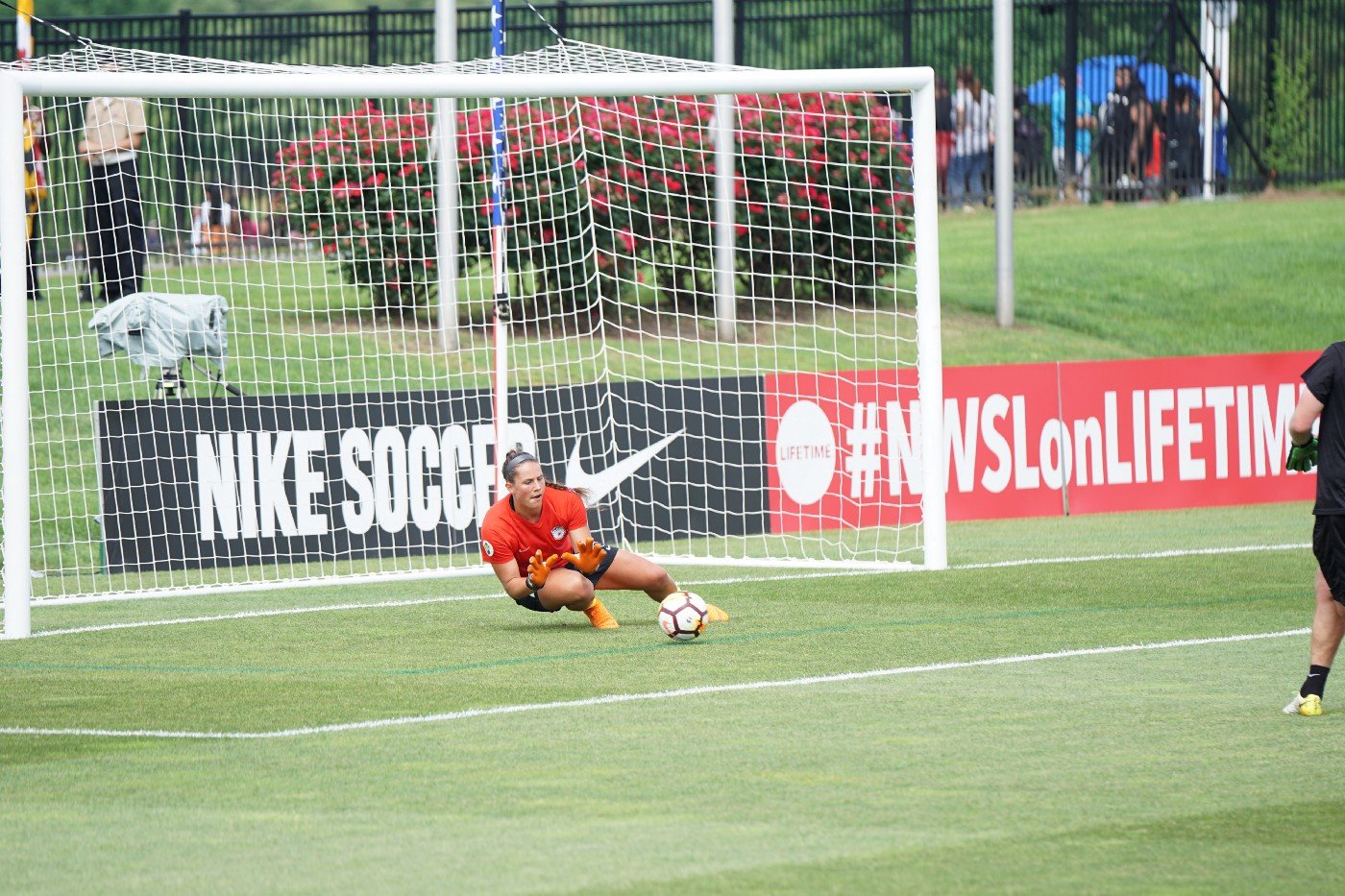Sports Sponsorship in Women’s Sports: A Well-Kept Secret?
Brands have traditionally invested a portion of their marketing and advertising spend on sports sponsorship to enhance their image, awareness, and preference among consumers. Professional sporting events provide a unique brand positioning opportunity that is difficult to duplicate. Sports are one of the few forms of entertainment that are consumed in real-time and that capture the excitement of any given moment. As the world trends towards convenience and mobilization, content is often delivered at the consumer’s pace and through their chosen channel of distribution. For companies looking to showcase their brand, millions of simultaneous eyeballs and engagements present an exclusive opportunity within the realm of advertising and sponsorship.
In the past, attendance and TV viewership figures have been key measurements that help to justify the efficacy of a sponsorship agreement. Without fans in attendance this season, the measurement of value and the level of exposure of various sponsorship deals were more-reliant on TV viewership totals. However, since the return of live sports, men’s major leagues have experienced considerable decreases in viewership. The NFL has reported double-digit declines relative to last season, while the NBA Finals drew the fewest number of viewers across any of the past five years. This poor TV performance was likely due to increased competition and multiple leagues such as the NHL, the MLB, the NBA, and the NFL all playing at once. Brands were forced to get creative with the activation of their sponsorship assets and the exploration of other avenues to meet their internal objectives. Fortunately, even with all of this competition for consumer attention, women’s sports leagues were able to sustain tremendous viewership growth during the pandemic.
The first sport to return to action was the National Women’s Soccer League (NWSL). The NWSL is the second-largest organized women’s soccer league in the world and is continually gaining the attention of brands and potential sponsors. Throughout the pandemic, the league adapted really well and strengthened its business in many ways. The NWSL resumed competition in June and hosted the Challenge Cup. The event drew record-breaking viewership totals that peaked at 653k viewers, a number that was nearly unimaginable just a few years ago. Across the board, the NWSL’s average viewership increased by 493% year-on-year as well. Additionally, the NWSL was mentioned across social media platforms at a 152% higher rate than the previous year. Regardless of the possible attributable factors for this recent success, two things are certain: women’s sports are growing in popularity and women’s sports are here to stay.
Historically, there has been quite a bit of parity between men’s and women’s sports and the ways in which they are consumed. Major networks have provided a platform for men’s sports to amplify their reach and engagement. The attention discrepancy between the two sides has led to the saturation of the men’s sponsorship market and has presented an opportunity (or lack thereof) on the women’s side. The NWSL took advantage of this trend and quickly realized that growing their league’s platform was a necessity. In early 2020, the NWSL announced that CBS and Twitch would be broadcasting and streaming their games over the next three years. With more impressions and a greater international reach, the leaders around the NWSL understood the impact that these strong deals could have on their growth and revenue generation across many facets of their business.
In a general sense, brands are beginning to recognize the value associated with sponsoring women’s sporting events as well. Women make up more than 50% of the NWSL fanbase and also account for 70–80% of all consumer purchases. That means that women’s sports sponsorship is a way to directly connect brands with decision-making consumers. According to Nielsen, the number of sponsorships in women’s sports grew by 47% between 2013 and 2017. Prior to the 2020 season, the NWSL had experienced difficulties signing lucrative sponsorship deals. Earlier this season, the league secured partnership deals with powerful companies such as Google, Verizon, and Budweiser. These brands have supported and propelled the growth of the league by providing valuable services that will continue to help the NWSL capitalize on the growing popularity of women’s sports. The NWSL plans to leverage these existing partnerships to continue to sign additional sponsors in the next couple of years.
The growth and success of the league will be supported by the trends that can be seen in society. Brands such as Budweiser have already experienced the benefits that supporting and promoting gender and social equity alongside women’s soccer can provide for their brand. There is a gap in the market and brands are quickly realizing that smaller, more personalized sponsorship deals may provide more value and return on investment than spending millions of dollars with other major professional sports leagues. We will have to wait and see, but the NWSL seems to be paving a path for a women’s sports sponsorship model that will be sustainable for years to come.


